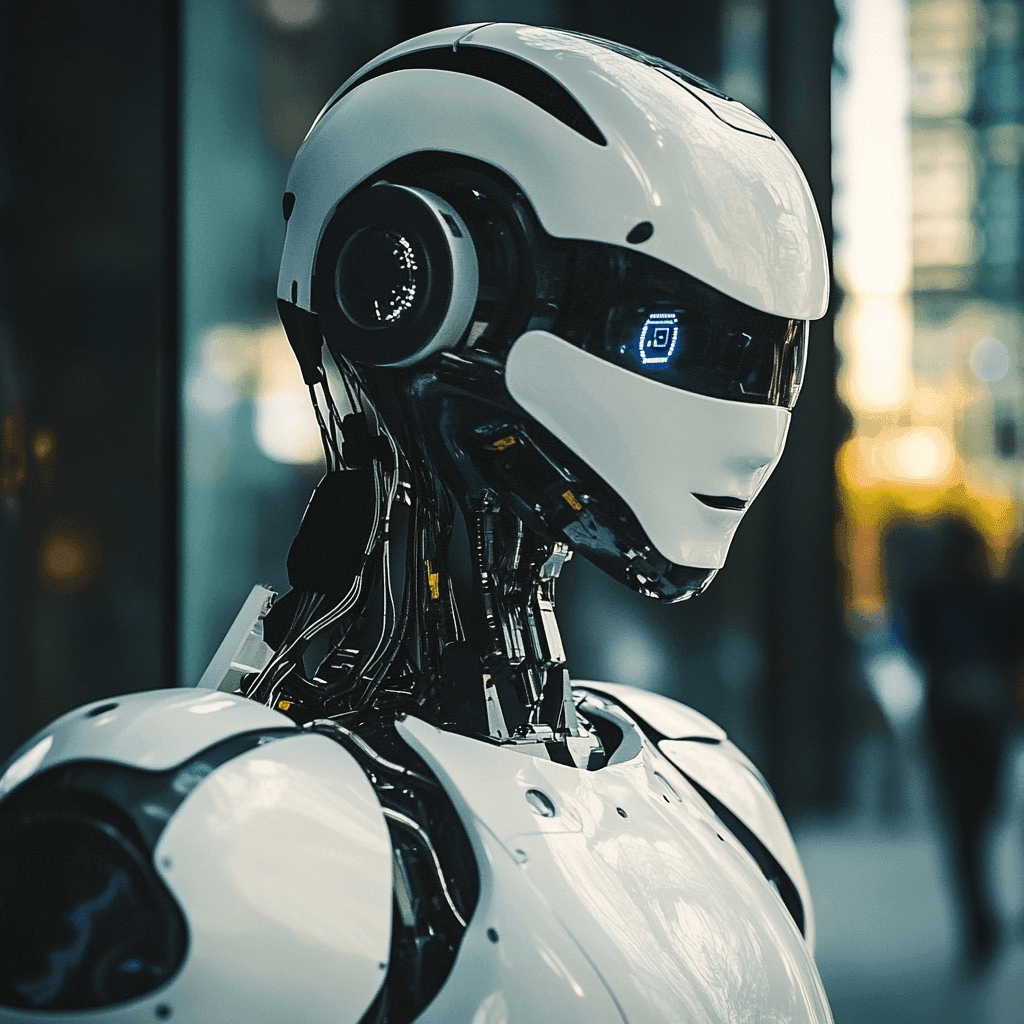Humanoid robots are showing new abilities like catching objects and dancing, but technical challenges still limit their widespread use.
The robotics industry faces barriers including complex work environments and high costs despite rapid progress in the field.
Several companies displayed humanoid robot prototypes in factories and public spaces this year.
Critics question whether these human-shaped machines can live up to expectations given their technical limitations and expense.
Supporters argue that humanoid designs offer the flexibility needed to handle various tasks.
Getting enough quality data to train robot artificial intelligence remains a major obstacle.
Many developers now use computer simulations to train robots, though questions remain about how well this prepares them for real situations.
Major robotics companies are competing to improve their designs and solve technical problems this year.
The industry aims to create robots that can work smoothly alongside humans, but significant work remains.
Experts say 2025 will be an important year in determining how well humanoid robots can integrate into daily life.
